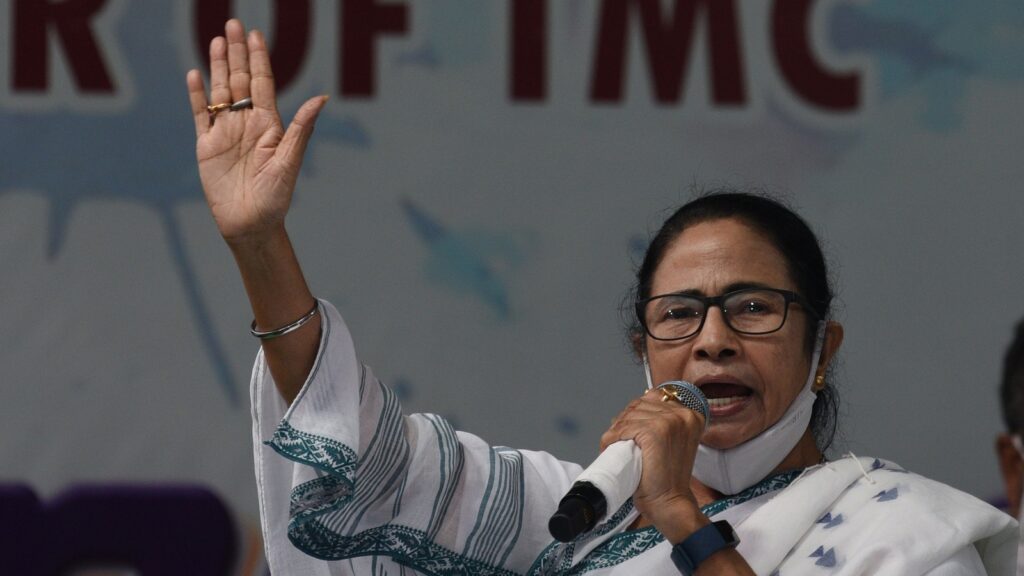The war of words between the Congress and TMC leaders in West Bengal exposes the contradictions that define the INDIA bloc. During the recent assembly elections, leaders had said the alliance exists only at the national level and each party is on its own in state polls. Now, at the doorstep of the general elections, the mutual distrust among leaders is coming to the fore.
Senior Congress leader Adhir Ranjan Chowdhury’s outburst against TMC chief Mamata Banerjee, for instance, is a reflection of the tension that plagues the INDIA bloc’s alliance building in states where the parties are bitter rivals. Banerjee had set the ball rolling on seat-sharing talks when she offered two Lok Sabha seats for the Congress in West Bengal. Chowdhury, one of the two Congress MPs from the state, seems to read Banerjee’s offer as an attempt to corner his party. Banerjee’s claim that the TMC, not the INDIA bloc, will be the face of the anti-BJP front in West Bengal, shuts the door on the Congress since both parties are practically vying for the same votes.
This tension is inherent to the INDIA bloc as the regional parties have historically been anti-Congress outfits. In states such as Telangana and Karnataka, the Congress has been successful against regional parties. In contrast, in Tamil Nadu and Bihar, the party has been forced to accept the role of a junior partner in the local alliance. The next challenge will be Maharashtra where the Shiv Sena and the Nationalist Congress Party, though weakened by major splits, are unlikely to let the Congress dictate the terms in seat-sharing. INDIA’s resolve to forge a common BJP front will be tested in the coming days.
Continue reading with HT Premium Subscription
Daily E Paper I Premium Articles I Brunch E Magazine I Daily Infographics


